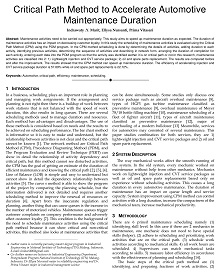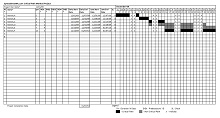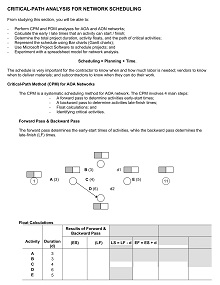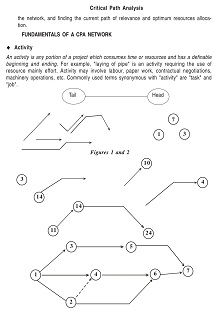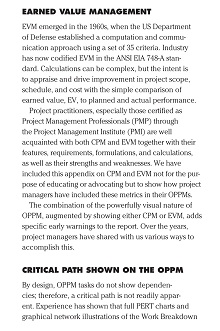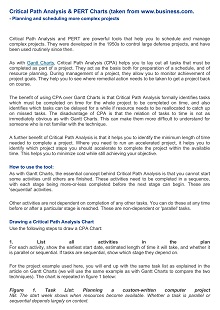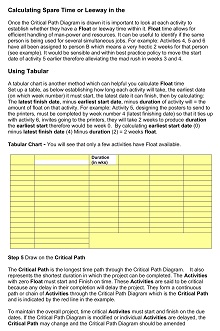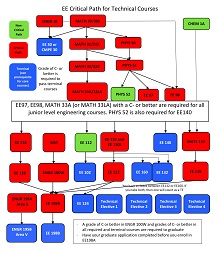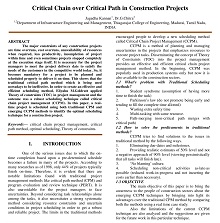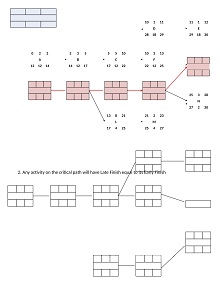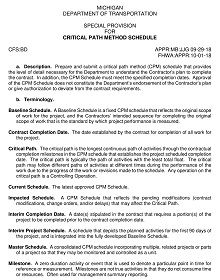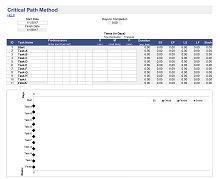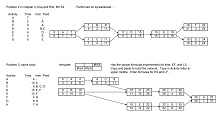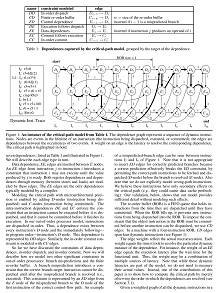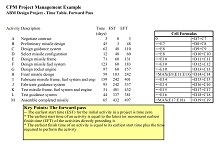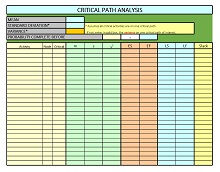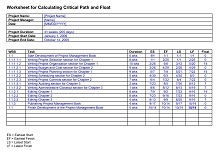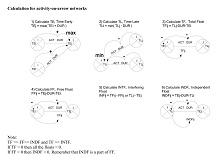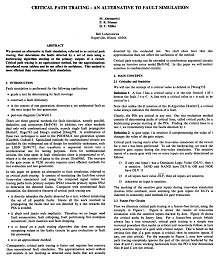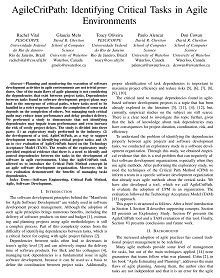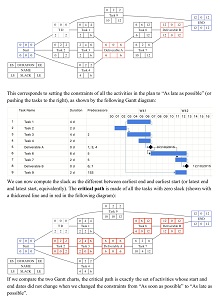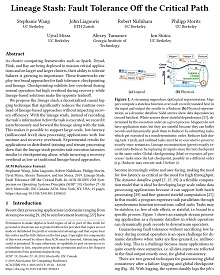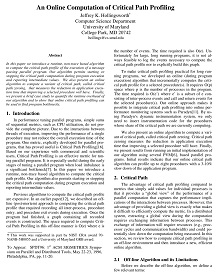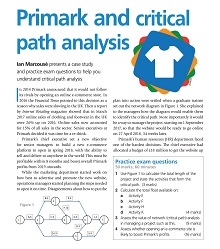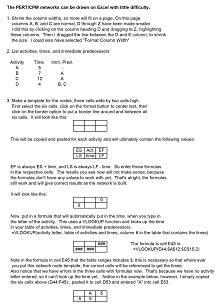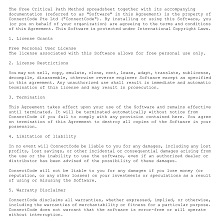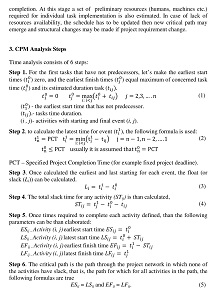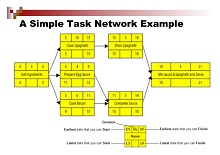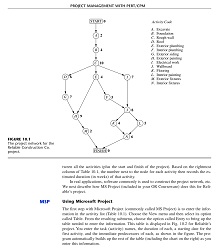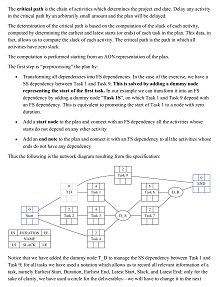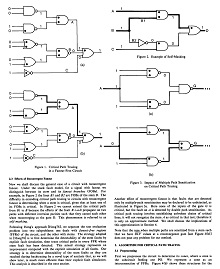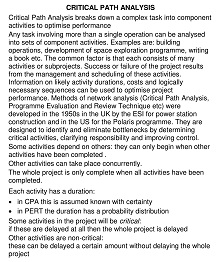50+ Free Simple Critical Path Templates – MS Excel, PDF
A Critical Path Template is a visual representation of project tasks used to map interdependencies between them. It provides clarity around the timeline and sequencing of each task that must be completed to achieve project success. This template is useful for both smaller, everyday projects with multiple components, or larger-scale projects that involve several stages.
Viewing tasks this way can help ensure deadlines are met and objectives are achieved. The key advantage of a Critical Path Template is its ability to easily identify the sequence of tasks and their criticality, ultimately leading to better project management.
Download Free Simple Critical Path Templates
Understanding Project Management And Critical Path
Project management is essential for success in many business and professional fields. Understanding the fundamentals of project management and using tools such as a critical path can help you stay ahead of tight deadlines, manage resources efficiently, and orchestrate successful outcomes.
A critical path is a diagram that identifies important activities associated with a project and the sequence in which they must be carried out to ensure optimal performance. By appreciating the underlying concepts of project management and mastering the tools employed while working on any project, professionals will be more equipped to deliver exceptional results.
Importance Of Accurate Estimation For Critical Path
An accurate estimation of a project’s timeline is critical for the successful completion of that project. Poorly estimated timing can cause delays and costs, missed opportunities in business, and even loss of customers. The estimation that is too early can also be dangerous in some cases since it could lead to design changes on large projects that were not accounted for. This can often lead to a lot of additional costs due to rework.
The critical path is the most important aspect of accurate estimation because it sets the pace for all other tasks and activities within the project itself. Estimations must be thorough and accurate to allow resources to be used efficiently, risks to be mitigated, dependencies to be met, and timelines to stay realistic throughout the project duration. Investing more time upfront with detailed estimations reduces the chance of going over budget or behind schedule later on down the road.
Advantages And Limitations Of Critical Path Analysis
Critical path analysis is a useful project management tool that allows us to determine the most efficient timeline for completing complex projects. Through this approach, we can identify specific activities and tasks that must remain on track to keep a project on time and within budget.
However, critical path analysis also has its limitations. It does not account for ambiguous tasks or unexpected delays, so it can be difficult to assess the timeline for larger or sensitive projects accurately. Furthermore, it relies heavily on the accuracy of given information and data, so any mistakes in earlier calculations can have costly effects later on down the line. Despite these drawbacks, careful consideration of both advantages and limitations when employing critical path analysis can help make sure projects stay on target while staying mindful of potential setbacks.
Tips For Effective Critical Path Management
Critical path management (CPM) is a system that can help organizations and project managers manage timelines, resources, and costs to complete projects successfully. A critical path comprises activities that must be completed sequentially for the project to stay on track with the timeline goals. For effective CPM it is important to plan, outlining the expectations and order of tasks from the onset, so that each person involved has a clear understanding of their responsibilities. Communicating steps along the way helps keep everyone informed and meeting periodic deadlines.
Accurately estimating the time needed for each task should also be at the forefront of any CPM process to ensure successful project completion. Finally, if delays occur or problems arise regarding resources or deadlines, taking appropriate measures quickly can help minimize any damage done to the critical path timeline. With proper planning, execution, and management, critical path management can save organizations time, money, and headaches throughout a project’s duration.
A Comprehensive Guide to Creating a Critical Path Template
As a project manager, it can be not easy to keep track of all the moving parts of a project. That’s why having a critical path template is so important. A critical path template helps you stay organized, on track, and budget by providing an overview of the necessary tasks and timeline for the completion of your project. Here’s how to create one.
Choose Your Software
The first step in creating a critical path template is deciding which software to use. Several options, such as Microsoft Excel or Microsoft Project, have built-in templates that make it easy to get started. You may also opt for more comprehensive software solutions like Asana or Basecamp, which offer features specifically designed for managing projects with many moving parts. Whichever option you choose, make sure that it meets your needs and fits within your budget.
Identify Task Dependencies
Once you’ve chosen the right software solution for your needs, the next step is identifying task dependencies. A task dependency refers to tasks that need to be completed before another task can begin or be completed in other words, tasks that depend on each other for the project to move forward. Identifying these dependencies will help you create an effective critical path template that captures all the necessary steps and timelines for the completion of your project.
Add Milestones & Deadlines
Now it’s time to add milestones and deadlines to your critical path template. Milestones refer to specific points throughout the life cycle of a project where progress should be tracked and evaluated; they provide essential checkpoints along the way that ensure everything is running smoothly and according to plan. Deadlines are also important as they provide tangible goals that need to be reached for the project to remain on schedule (and within budget). Be sure to include realistic deadlines in your template don’t set yourself up for failure by setting unrealistic expectations.

